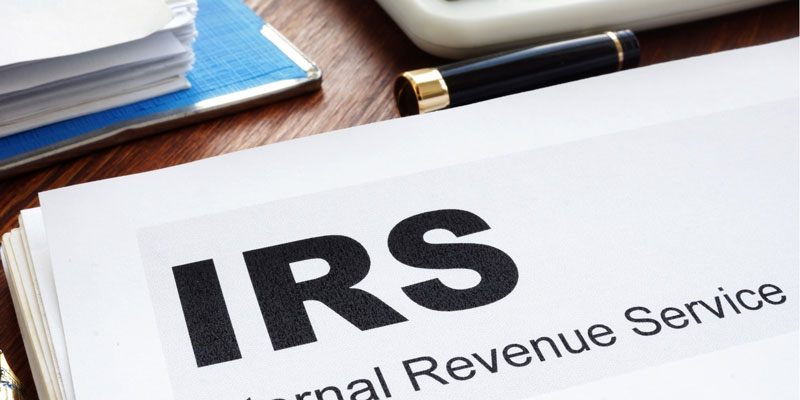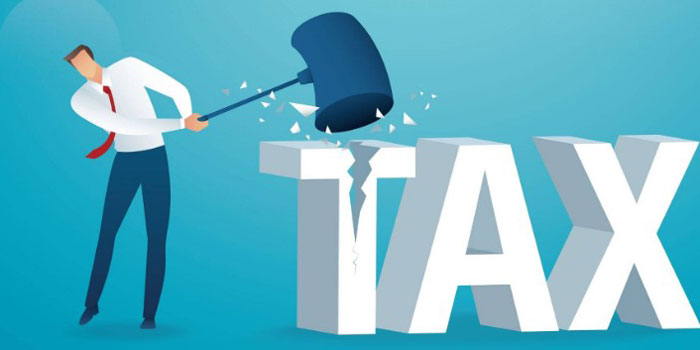Strategies to achieve financial fitness
Dec 09, 2024 By Aldrich Acheson
Are you ready to take responsibility for your financial future? Like physical fitness, financial fitness requires dedication and consistent effort. This guide will walk you through practical steps to improve fiscal health and build a more secure tomorrow.
Understanding Your Financial Situation
 But before you get outdoors to work on financial fitness, it is essential that you first get an idea of where you stand. This evaluation will give a clear picture of your financial health and areas that perhaps need rethinking.
But before you get outdoors to work on financial fitness, it is essential that you first get an idea of where you stand. This evaluation will give a clear picture of your financial health and areas that perhaps need rethinking.
Calculating Your Net Worth
Your first order of business is your net worth. That's simple: list down all your assets, which are the things you own, minus your liabilities, which is what you owe. Assets include:
- Cash and bank accounts
- Assets-what you own
- Stocks, bonds, mutual funds
- Real estate
- Vehicles
- Valuables
- Liabilities-what you owe
- Mortgage
- Car loans
- Credit card debt
- Student loans
- Personal loans
The number you get shows you where you stand overall.
How to Monitor Your Cash Flow
Second, analyze your income and monthly expenditures. Account for every dollar coming in and going out for at least one month. This will illustrate exactly where your money is going and give you concrete locations to reduce or reroute spending to save money and pay off debt.
Credit Report Review
Your credit report is an integral part of your financial profile. You can get one free copy from the three major credit bureaus annually. Match those reports carefully against one another for mistakes or errors that could lower your credit score. A good credit score can save you thousands by qualifying you for excellent interest rates on loans and credit cards.
Setting Specific and Measurable Financial Goals
Setting clear, actionable financial goals is crucial to achieving financial fitness. When you set tangible goals, you establish a route to economic health. Here's how to set practical financial goals to drive you toward financial wellness.
Identify Your Aims Regarding Finances
Start by articulating what you want to attain financially. It may be building up an emergency fund, paying off debt, or saving for a down payment on a house. Whatever your desires, specify them as clearly as possible. Write down your goals and rank them by importance and urgency. This helps clarify your vision regarding finances and motivates you on the way.
Make Your Goals SMART
In other words, convert your desires into SMART objectives: Specific, Measurable, Achievable, Relevant, and Time-bound. For instance, instead of saying, "I want to save money," set a goal like this: "I will save $5,000 in an emergency fund within 12 months." This clarifies what needs to be done and a well-directed path toward achieving it.
Chop Big Goals into Small Steps
Big financial goals are often startling. Chop them into smaller, manageable pieces. If your goal is to pay off $20,000 in credit card debt over two years, set an objective to pay $833 monthly. Small victories will keep you charged and on target to fulfill your big goal.
Reevaluate and Adjust Your Goals Periodically
Financial situations may change; hence, a periodic review of goals is needed. You can use quarterly follow-ups to see your progress and make adjustments where needed. By doing so, you're flexible enough to adapt your actions to changing circumstances while keeping your eyes on long-term goals.
Budget: Create and Follow
Creating and sticking to a budget is the key to financial fitness. It's your roadmap to financial success, holding you accountable for understanding income and expenses in relation to savings goals. Let's break it down into real, reasonable steps.
Understand Your Financial Landscape
Start by compiling all your financial documents. This will consist of any income source, fixed expenses, utilities, variable expenses, expenses such as groceries, entertainment, and debt payments. Pull bank statements, credit card bills, and paystubs to get a proper depiction of your financial situation.
Next comes expense categorization. It will provide you with an idea of where exactly you are overspending and how much you can cut down on, and that is what budgeting essentially should be: realistic to achieve long-term results.
Setting SMART Financial Goals
Having a fair sense of your financial landscape, it's time to set some goals. Base those goals on the SMART criteria: Specific, Measurable, Achievable, Relevant, and Time-bound. Instead of "I want to save money," say, "I will save $500 a month for six months to build up my emergency fund."
Designing and Executing Your Budget
Now, it's time to generate your budget. Start dividing your income into various expense heads and ensure you live within your means, putting away money for contingencies and debt repayment. As a general guideline, consider the 50/30/20 rule: 50 percent for needs, 30 percent for wants, and 20 percent for saving and debt repayment.
The key to implementing your budget is discipline and consistency. Track your spending regularly through a budgeting application, spreadsheet, or old pen and paper. This will help you stay accountable and make adjustments as needed.
Automating Savings and Investing for the Future
 Automating your finances can be a game-changer in financial fitness in today's fast-moving world. Setting it up can get the ball rolling toward your financial goals month after month without the need to keep making transfers.
Automating your finances can be a game-changer in financial fitness in today's fast-moving world. Setting it up can get the ball rolling toward your financial goals month after month without the need to keep making transfers.
Set Up Automatic Transfers
One of the best ways to increase your savings is to make it automatic. Set up regular transfers from checking to savings on payday. This "pay yourself first" strategy ensures that a portion of your income is saved before you have a chance to spend it. Start with a small percentage, even 5%, and increase it as needed while adjusting your budget over time.
Take Advantage of Employer-Sponsored Retirement Plans
Utilize your company's 401(k) or other such retirement plan. Such accounts make saving easy, as money is taken directly and automatically deducted from payroll. Most employers even offer matching funds, which is free money. Contribute at least enough to capture the full employer match, which will go a long way toward boosting long-term savings.
Look into Robo-Advisors and Micro-Investing Apps
Those new to investing or even want a hands-off approach might find that robo-advisors and micro-investing apps work marvelously for them. Using algorithms, these platforms will create and manage diversified investment portfolios based on your risk tolerance and financial goals. Many offer features such as automatic rebalancing and round-up investments, where your spare change from purchases is invested automatically.
Conclusion
The small steps taken consistently make the most significant improvements in your journey toward financial fitness. This way, budgeting, saving, and investment strategies will lead you to your desired success and secure financial future. Take control of your finances today and see how, with time, those efforts will compound and bring you closer to your dreams and aspirations.

The 4 Most Effective Apps For Saving Cash In 2022

Choosing the Right Path: Earn2Trade or Topstep in the Year 2024?

What is HELOC and how does HELOC work?

How Much Do Taxes Cost Small Businesses?

Cash App Taxes Review 2024: Everything You Need to Know

What Is IRS Form 8949 And Its Purpose?

What Exactly Is Tax Evasion?

Reasons to Have Multiple Accounts

NorthOne Business Banking Review 2024: Simplified and Effective Solutions

